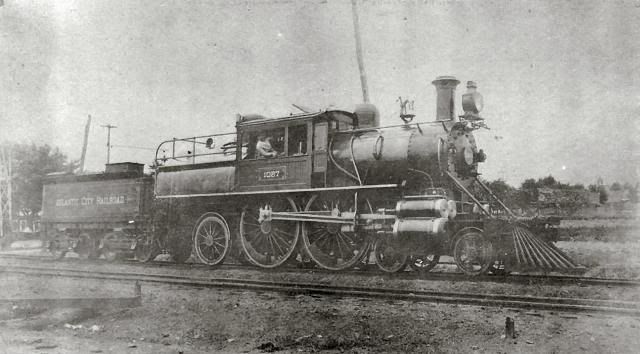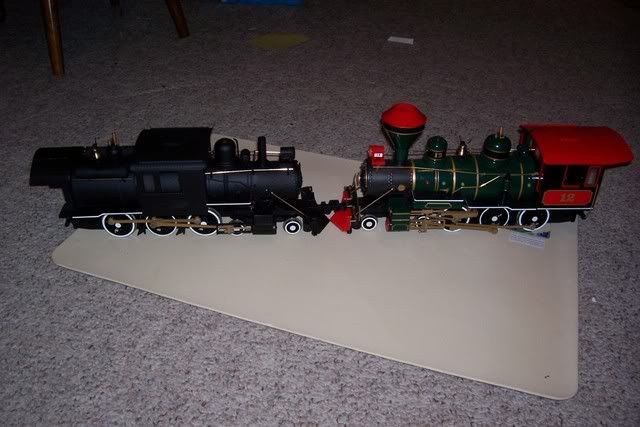Hate to say it Ralph, but I think your wrong. I believe the cab is on the rear of that loco. Most Camelbacks did not have a very good shelter for the fireman in the back. If you look at the pic that Garratt posted you will see there is basically a roof and nothing else for the fireman.
Camelbacks were not very popular in the west. Reading ran quite a few, but it was mainly because they had an easy supple of the Anthracite Coal. I heard that the camelback were handy in switching operations, because the engineer had a better view of everything.
The UP camelback was most likely a test of wither it was a good idea to use them. I bet you they found out quickly that they needed a better shelter for the fireman at the back and thus the cab.






